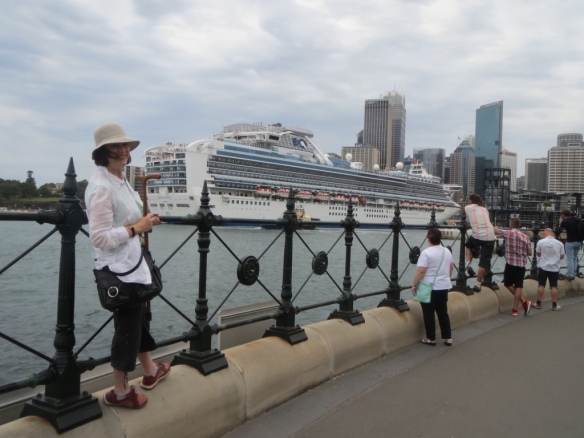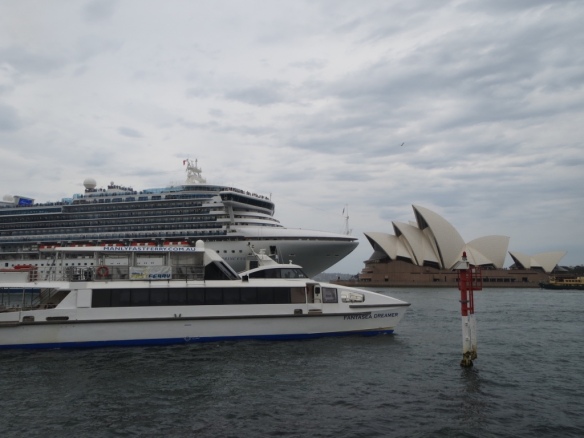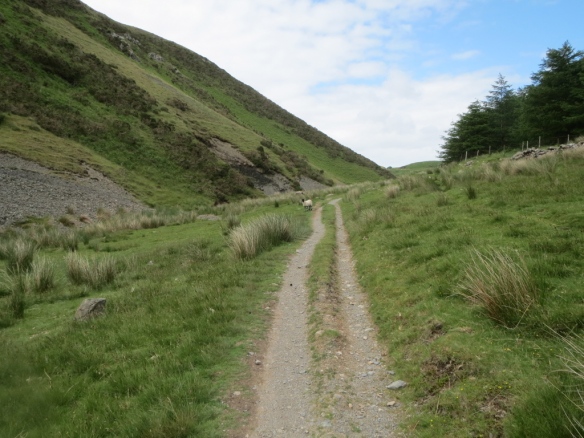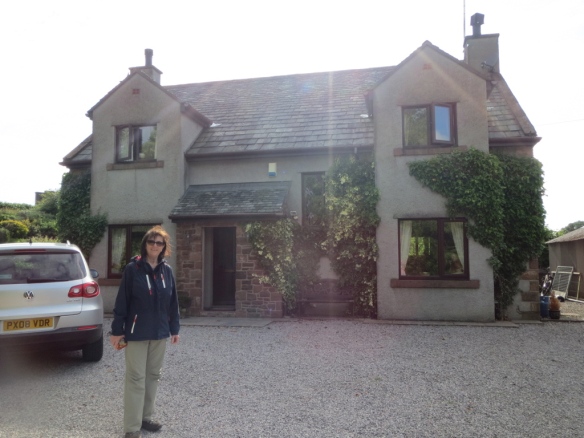Last month John and I put our walking boots on to hike a section of Canberra’s newest walking trail, the Canberra Centenary Trail.
So-called because it was launched for Canberra’s 100th birthday in 2013 and gifted to its citizens.
Canberra, for those who don’t know much about Australia, is the nation’s capital. It sits in the Australian Capital Territory, a small spot about three hours from the east coast in New South Wales.

Map of Australia from www.whereis.com website
The trail’s a 140 km loop that rings the city, passing through the city, suburbs and surrounding bushland, taking in many of the local landmarks, man-made and natural. It’s broken up into seven sections, each do-able in a day.
There isn’t any overnight accommodation en-route, except for what you can find on the city and suburban sections, so you need to arrange transport to and from.
We had a standing date with some friends to do the walk in autumn when the weather was still fine but cooler. They had done part of section 4—Hall Village to One Tree Hill—last year and were keen to do it again, and as it was new to us we were happy to cruise on their advice.

Map of part of the Canberra Centenary Trail from www.canwalk.org.au website.
It was one particularly pleasant Sunday morning in March when we got the call: ‘Let’s do it!’
As per the arrangement we drove to Hall Village, parked behind the village at the start of the track, met up with our friends and set off. The plan was to walk to the One Tree Hill lookout, have lunch, then walk back to Hall Village. And that’s exactly what we did!
It’s not a long or arduous walk so you can concentrate on the scenery and picking out the various parts of Canberra, with your attention constantly diverted by the local birdlife. I was convinced that at times they were telling us off for disturbing them!
We had a good day. Weather warm but not hot, so no sweating involved. And fine skies, great for good photo results.
The one thing I hadn’t expected was the number of mountain bikers. They whoosh by, generally without warning, no bell ring or call of ‘Bike coming through’. The ones coming towards you are no problem, you can see them. It’s the ones approaching from behind that startle. The track is narrow and they’re not given to steering a wide berth because it would mean leaving the track, so they tend to cut it fine as they pass. Pity, because if they’d let us know they were coming we would have stepped aside.
We finished our walk at the One Tree Hill lookout and admired the view while munching our sandwiches. It’s a great view all around—no wonder a fire tower was built there—but I especially loved looking towards the local mountain range, the Brindabellas. They’re what I see from my front deck at home and I never get tired of their moods.

One Tree Hill lookout

Across the valley to the Brindabellas
And then another leisurely stroll back to Hall Village for a coffee before parting ways to drive home.
A lovely way to spend an afternoon.

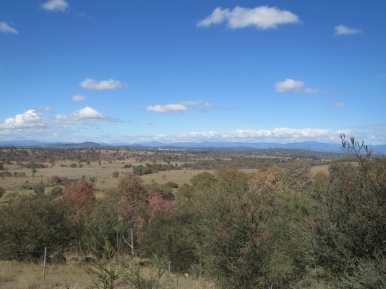


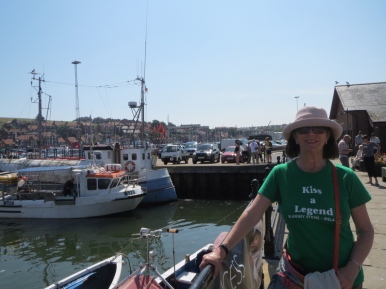




 Back in 2000 my daughter and I overnighted in the YHA converted stables alongside the Abbey. We were the only occupants for the night. They’re now being converted into five star accommodation.
Back in 2000 my daughter and I overnighted in the YHA converted stables alongside the Abbey. We were the only occupants for the night. They’re now being converted into five star accommodation.








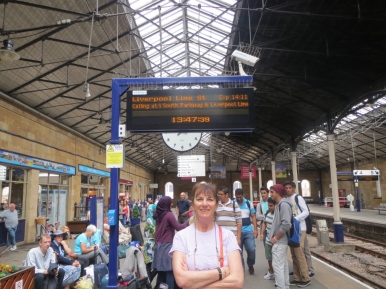

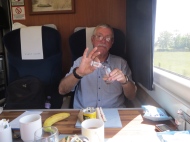






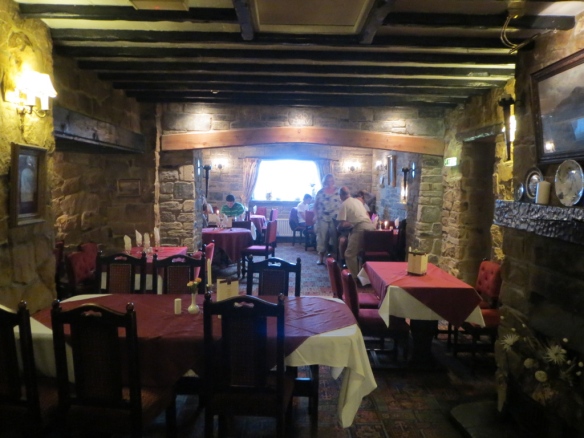


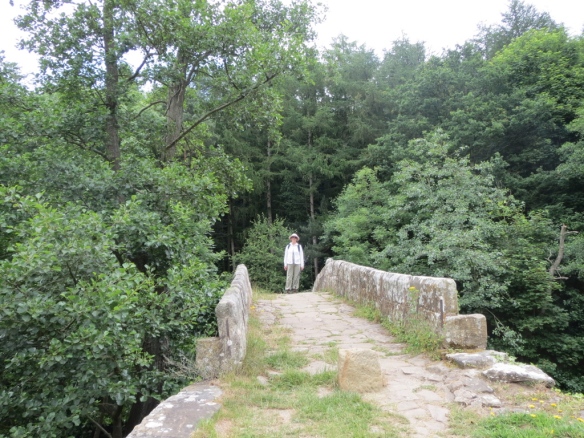
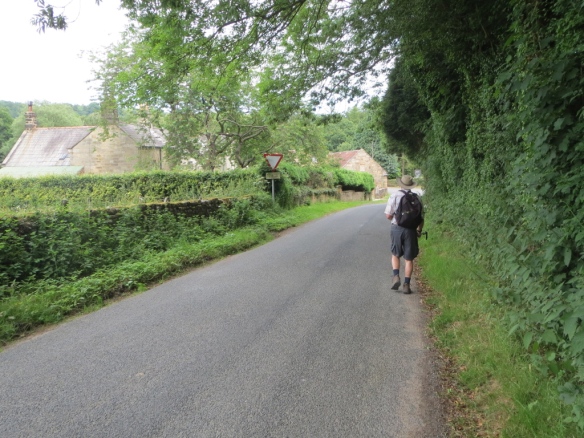
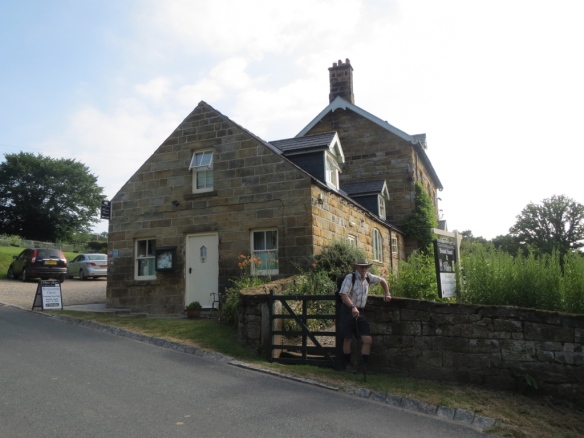

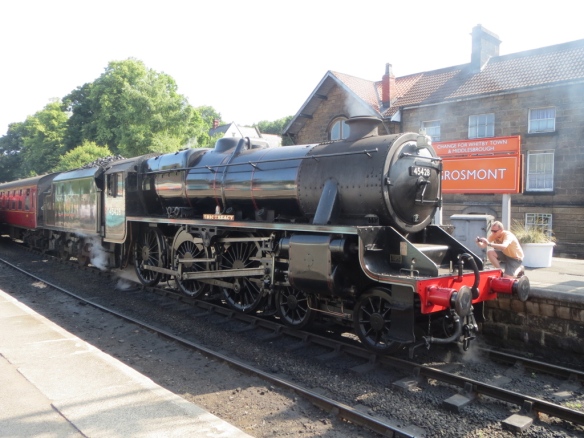
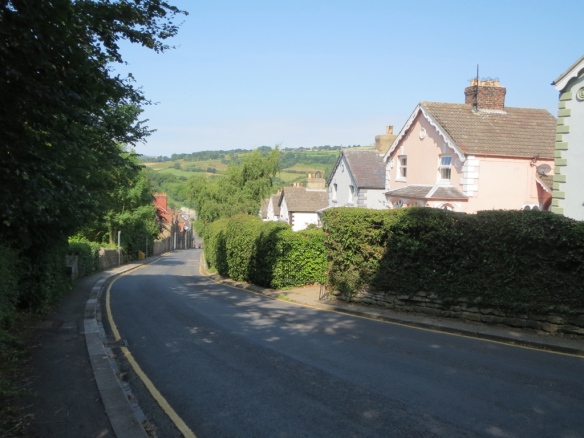




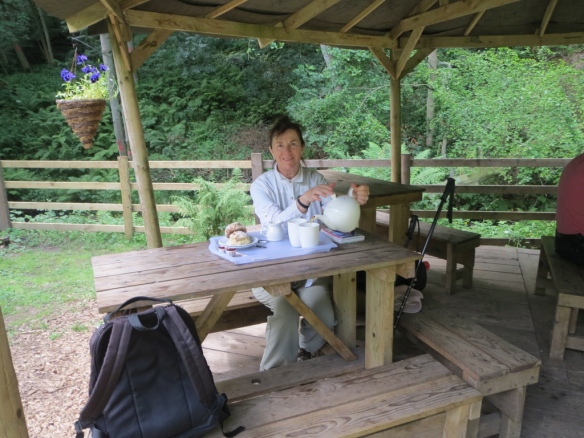


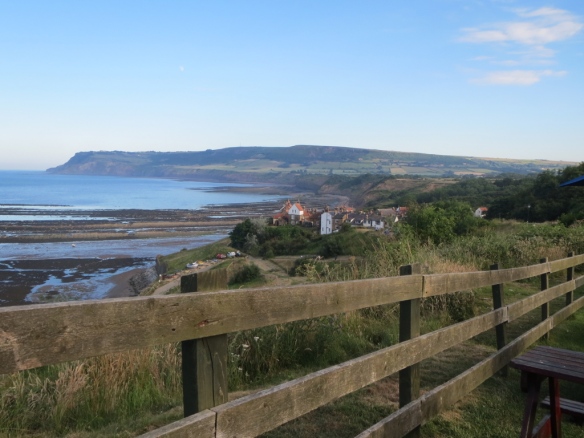
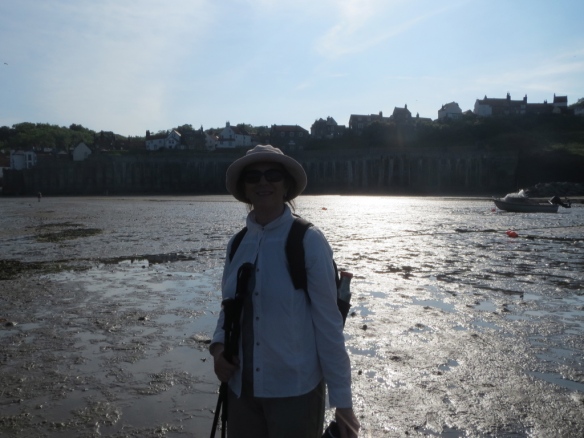
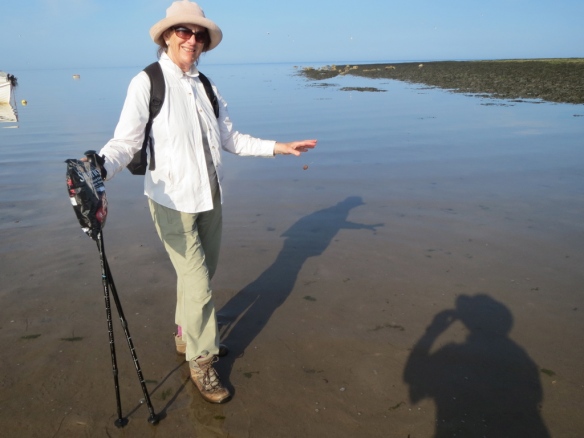
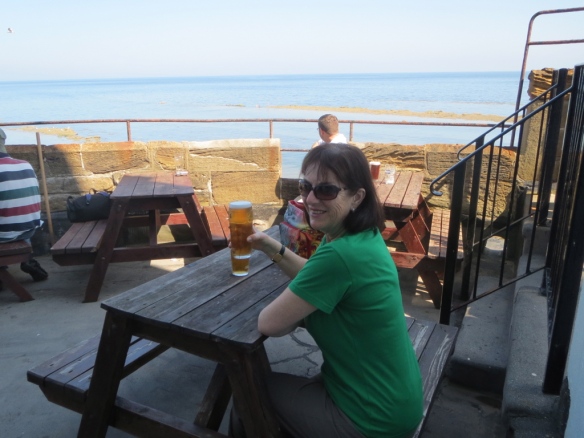
 This post takes us as far as Great Broughton where we spent the night listening to revelers celebrating a 40th birthday party.
This post takes us as far as Great Broughton where we spent the night listening to revelers celebrating a 40th birthday party.



 Next stop was Bolton-on-Swale churchyard—intended this time because we wanted to see the monument to Henry Jenkins, a local supposedly 169 when he died. Can you hear my yeah, right. The church in which he’s buried dates back to the 14th century. It’s worth a short stop to check out surviving bits from Saxon and Norman times.
Next stop was Bolton-on-Swale churchyard—intended this time because we wanted to see the monument to Henry Jenkins, a local supposedly 169 when he died. Can you hear my yeah, right. The church in which he’s buried dates back to the 14th century. It’s worth a short stop to check out surviving bits from Saxon and Norman times.







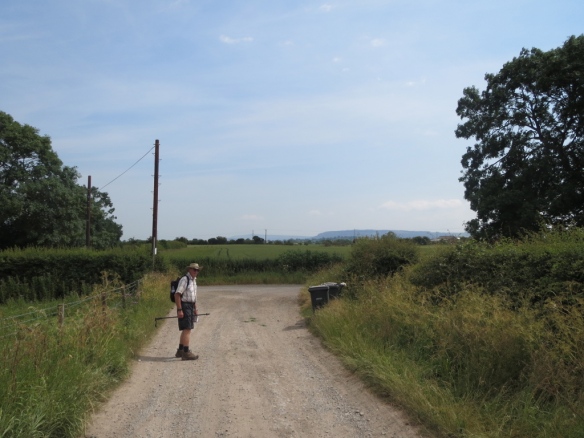 Before we reach them though, there’s the A19 to negotiate, which means dodging cars and trucks as you hare across the four lanes. That got the blood pumping!
Before we reach them though, there’s the A19 to negotiate, which means dodging cars and trucks as you hare across the four lanes. That got the blood pumping!


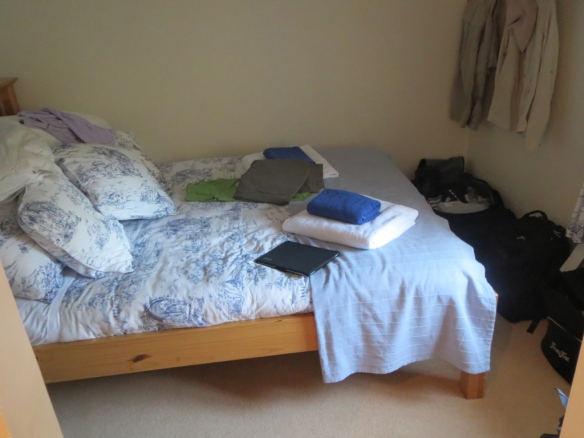 Couldn’t fault how well we were looked after though. Dinner that night ended with the biggest and creamiest Eton Mess I’ve ever had the misfortune of having to work my way through. Felt thoroughly sick by the time I’d finished. But it would have been downright rude to leave any, yes?
Couldn’t fault how well we were looked after though. Dinner that night ended with the biggest and creamiest Eton Mess I’ve ever had the misfortune of having to work my way through. Felt thoroughly sick by the time I’d finished. But it would have been downright rude to leave any, yes? Did you know those monks’ cells we hear about were in actual fact more like small townhouses! Two storied with small gardens. These monks even had servants. So no more feeling sorry for those poor chaps in what I thought were small, dark and damp, bare stone one-room cells with barely enough space to move around.
Did you know those monks’ cells we hear about were in actual fact more like small townhouses! Two storied with small gardens. These monks even had servants. So no more feeling sorry for those poor chaps in what I thought were small, dark and damp, bare stone one-room cells with barely enough space to move around.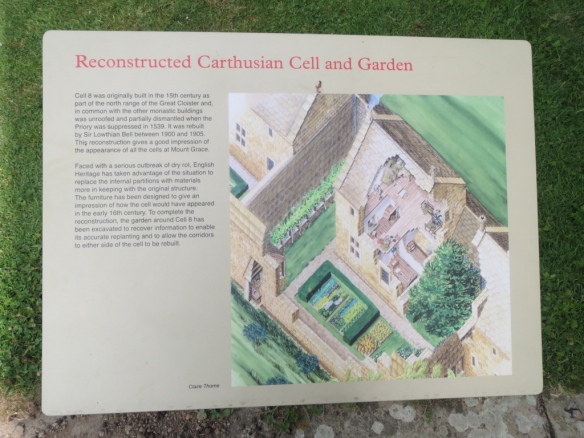 Look at the views we had on our walk today; 12 miles of absolute as-far-as-the-eye-can-see beauty.
Look at the views we had on our walk today; 12 miles of absolute as-far-as-the-eye-can-see beauty.




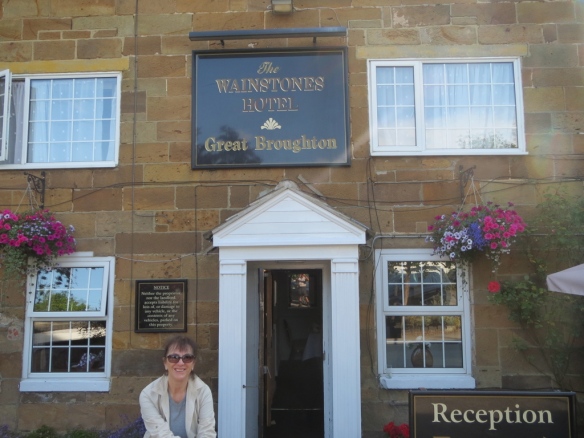
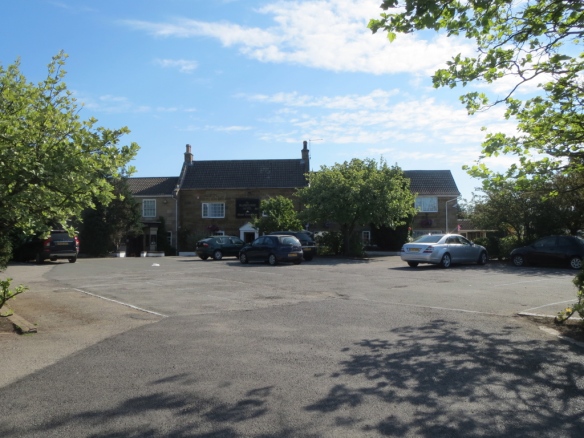 And that’s where we laid our weary bones to listen to party noises until the wee hours. Ah well, some you win, some you lose.
And that’s where we laid our weary bones to listen to party noises until the wee hours. Ah well, some you win, some you lose.
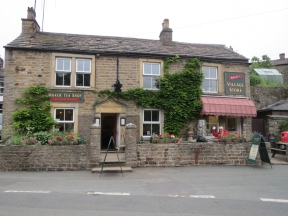
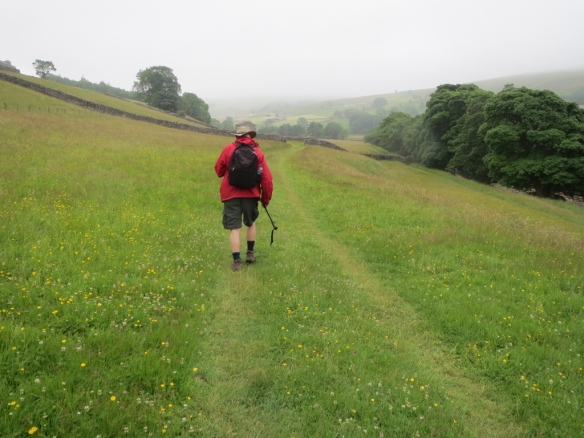





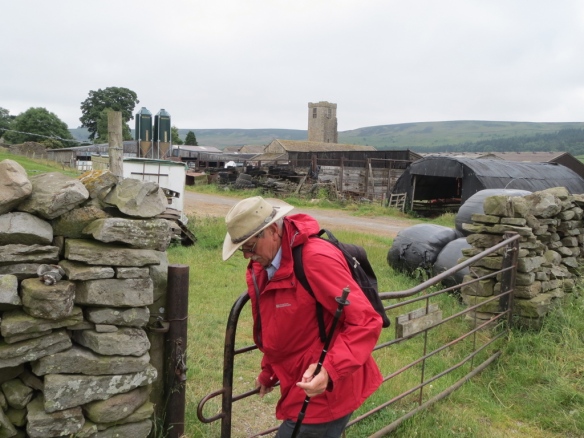
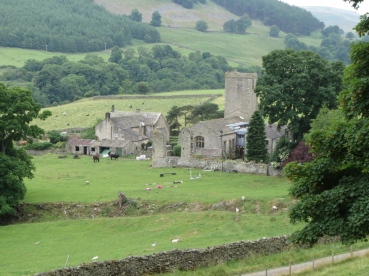






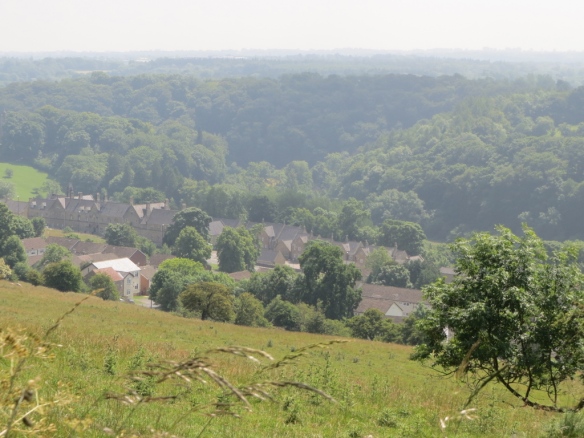









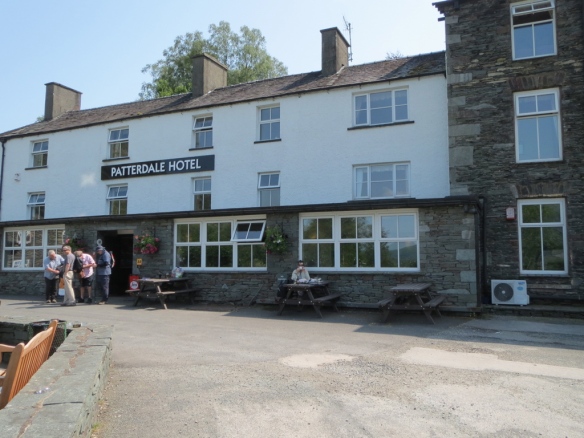

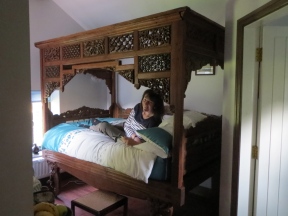



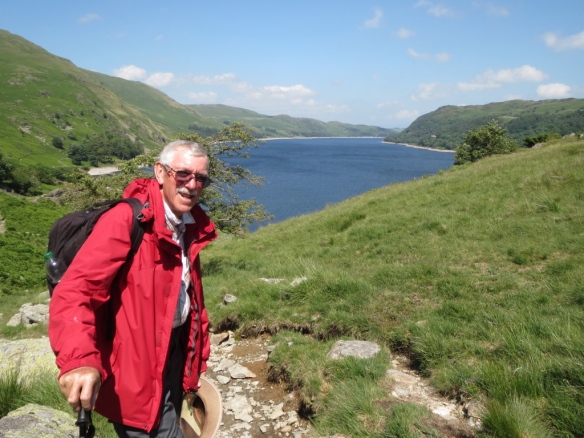

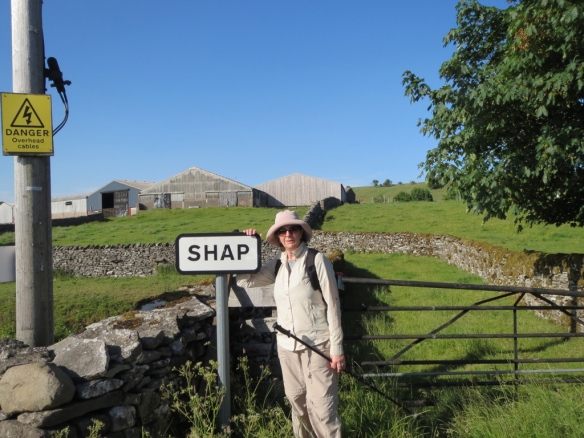




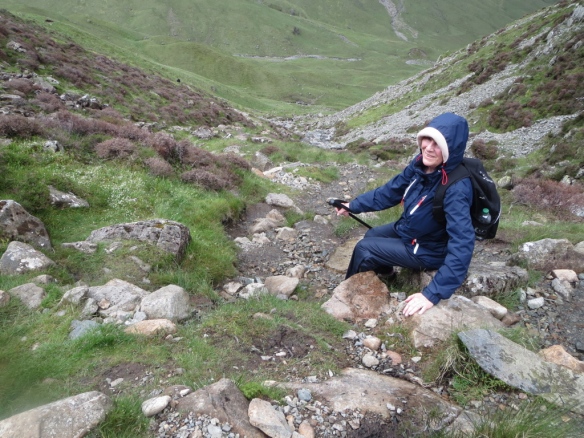



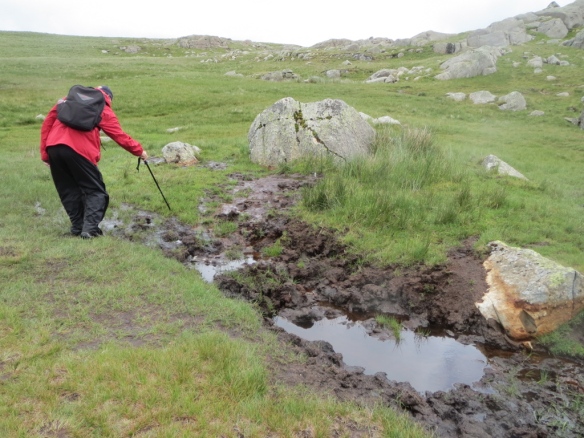
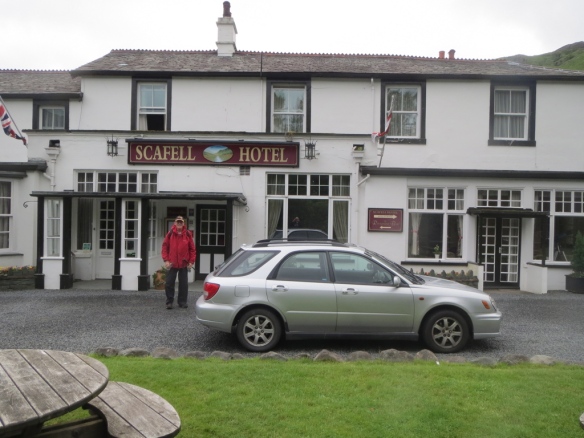




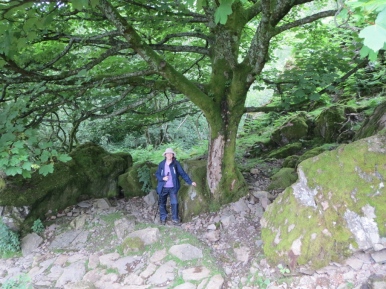


 John and I drove from Canberra—an easy three-hour stretch given it’s a dual highway all the way. Until you hit the city, that is. Then it’s bumper to bumper, stop start, gridlock. I didn’t take any shots while in traffic; I was too busy keeping an eagle eye on the GPS for instructions and feeding them non-stop to John who was driving.
John and I drove from Canberra—an easy three-hour stretch given it’s a dual highway all the way. Until you hit the city, that is. Then it’s bumper to bumper, stop start, gridlock. I didn’t take any shots while in traffic; I was too busy keeping an eagle eye on the GPS for instructions and feeding them non-stop to John who was driving.












